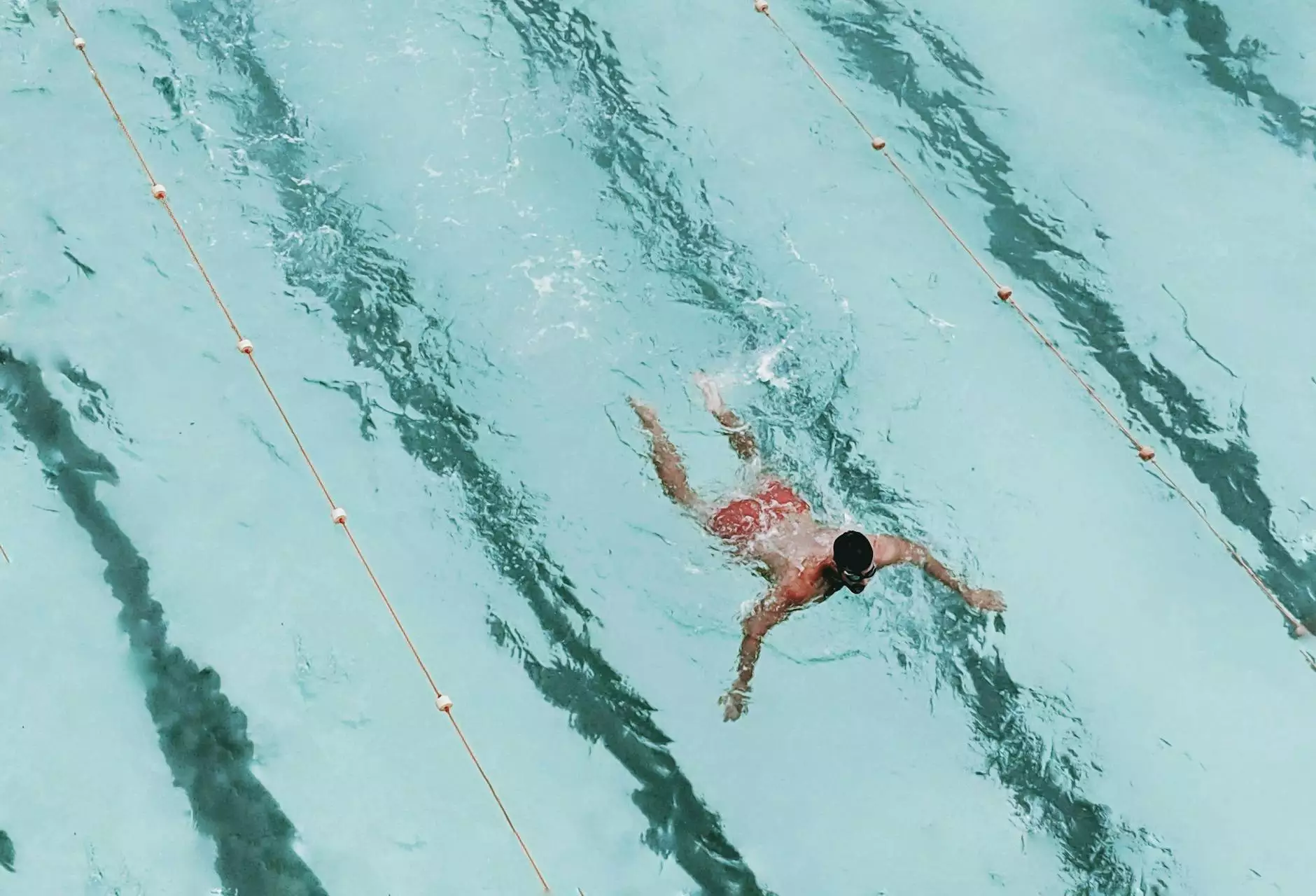The One Muscle to Activate Stay on your Leg
Physical Therapy
Welcome to the Bowling Orthopaedics blog, where we provide valuable insights into maintaining optimal leg strength and preventing injuries. In this article, we will explore the importance of activating a specific muscle in your leg that can significantly enhance your stability. By understanding the role of this muscle and learning how to activate it properly, you can improve your overall leg strength and reduce the risk of injuries.
Understanding Leg Stability and Muscle Activation
Leg stability plays a crucial role in our everyday activities, whether it be walking, running, or engaging in sports. Without proper stability, our movements become compromised, leading to potential falls and injuries. However, by activating and strengthening the right muscles, we can significantly enhance our leg stability and overall performance.
The Key Muscle: Quadratus Femoris
One muscle that often goes unnoticed when it comes to leg stability is the quadratus femoris. Located deep within the hip, the quadratus femoris plays a critical role in providing stability to the hip joint, especially during weight-bearing movements.
By activating the quadratus femoris, you can ensure that your leg remains aligned and supported, reducing excess strain on other muscles and joints. This not only enhances your stability but also improves your overall movement efficiency.
Activating the Quadratus Femoris
To activate the quadratus femoris effectively, it is essential to engage in specific exercises and stretches that target this muscle. Incorporating these exercises into your regular workout routine can help you develop a stronger and more stable leg.
Exercise 1: Quadratus Femoris Activation
Start by lying on your side with your knees slightly bent. Place a resistance band just above your knees and position yourself so that your bottom leg is stacked on top of the other. Keep your feet together and lift your top knee while maintaining the resistance band tension. Repeat this exercise for 10-12 repetitions on each side, focusing on feeling the activation in your quadratus femoris.
Exercise 2: Hip External Rotation Stretch
Assume a seated position with your legs extended in front of you. Bend one knee and place your foot on the opposite side of your knee. Gently rotate your torso towards the side of the bent knee, feeling a stretch in your hip. Hold this stretch for 20-30 seconds, then repeat on the other side. This stretch helps to improve the flexibility of the quadratus femoris, allowing for better activation.
The Benefits of Quadratus Femoris Activation
Proper activation of the quadratus femoris offers numerous benefits for both athletes and individuals seeking to improve leg strength and stability:
- Injury Prevention: By strengthening the quadratus femoris, you can reduce the risk of common leg injuries like sprains, strains, and muscle imbalances.
- Improved Performance: Activating this muscle helps improve your overall leg strength, enabling you to perform better in sports, workouts, and daily activities.
- Enhanced Stability: With the quadratus femoris engaged, your leg gains greater stability, allowing you to maintain proper alignment and control during movements.
- Reduced Pain: Activating and strengthening the quadratus femoris can alleviate pain associated with hip and lower back imbalances, promoting better overall musculoskeletal health.
Conclusion
Understanding the importance of leg stability and the role of the quadratus femoris is crucial for maintaining optimal leg strength and preventing injuries. By incorporating specific exercises and stretches that target this muscle, you can activate and strengthen the quadratus femoris, leading to enhanced stability and improved overall leg performance. Take the necessary steps to prioritize your leg health and unlock the benefits of a stronger, more stable leg.




